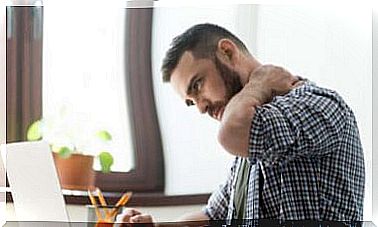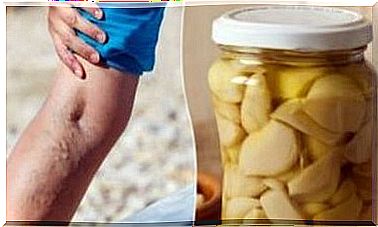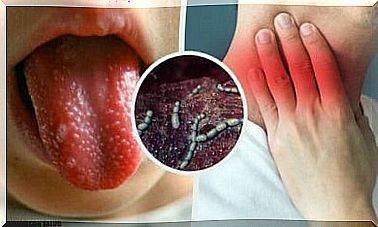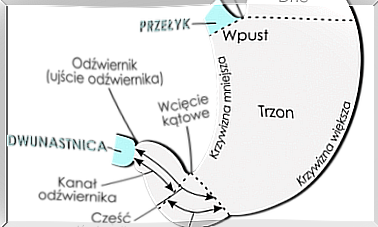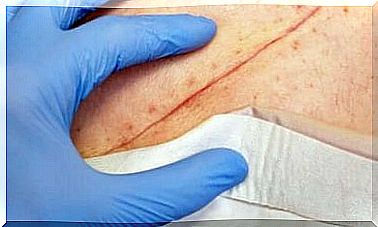Scoliosis In Children: What Should I Know?

Scoliosis in children is a common problem that should be taken seriously. How to recognize it? How to heal it? Find out!

Scoliosis in children is a serious problem that should be carefully looked at from the very beginning. This name is given to all curvatures of the spine in children of varying degrees of intensity.
Basically, scoliosis in children worsens as it grows. It is deceptive that children and teens handle this problem well, and if allowed to progress, it could create complex problems in the future.
The most common form of scoliosis in children is “idiopathic scoliosis”. It affects 4 out of 1,000 people. Among them, 1% suffer from severe cases requiring long-term treatment. Children should see an orthopedist every year, especially as they approach puberty.
What is scoliosis in children?
Scoliosis in children is a curvature of the spine. The spine is anatomically curved, and in the case of scoliosis, this curve is more clearly defined and forms a “C” or “S” shape.
This anomaly can cause pain and breathing problems.
With scoliosis, the spine tilts to one side. This can lead to the bones twisting – as a result, one shoulder or hip may be higher than the other. Scoliosis in children occurs in several types:
- Scoliosis in children. It occurs in children under 3 years of age and can be a birth defect, but it can also be caused by other conditions or undefined causes.
- Idiopathic scoliosis in adolescents. It is the most common type of scoliosis in children over 10 years of age; its causes are unknown.
- Juvenile scoliosis . It occurs in children between 3 and 10 years of age and is the rarest of all types.
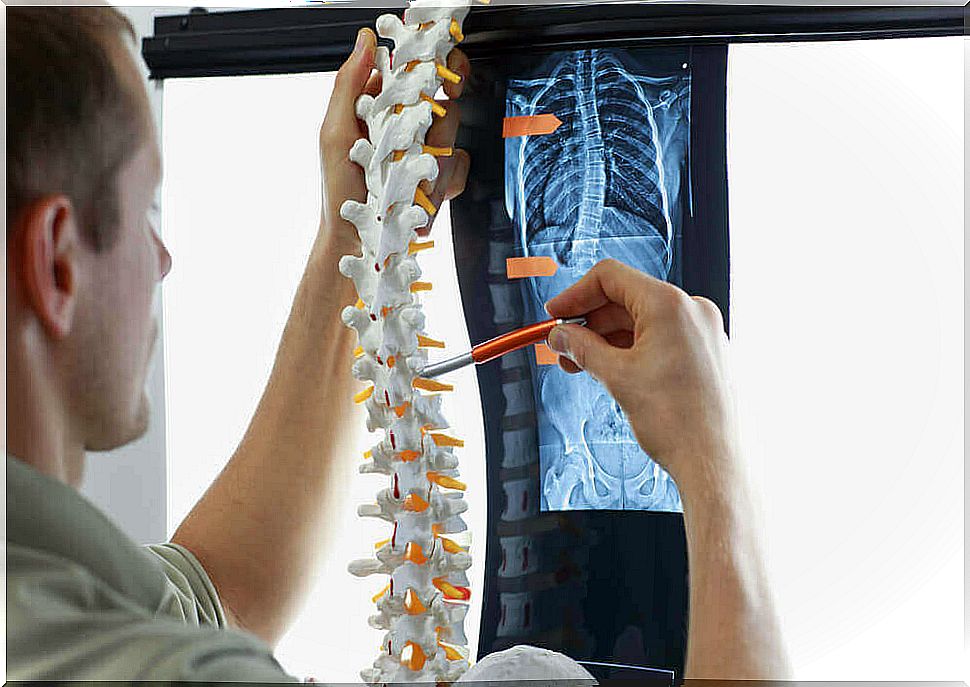
Reasons and risk factors
The cause of most childhood scoliosis is unknown, although it is known to affect girls more than boys. Depending on the cause, scoliosis is classified as follows:
- Congenital scoliosis. It occurs in utero and includes various anomalies, including the absence of vertebrae, their deformities or underdevelopment.
- Idiopathic. The cause of its occurrence is unknown
- Neuromuscular. It is a consequence of neurological disorders such as muscular dystrophy, paralysis of the brain, spinal fission, spinal tumor, neurofibromatosis or paralytic disorders.
- Other. In a few cases, scoliosis in children is the result of infections, contusions, tumors, unequal leg lengths, or genetic disorders.
Scoliosis in children: symptoms and diagnosis
Children may experience symptoms of scoliosis differently. However, some of its manifestations are repeated for many. Here they are:
- The head is not in the center of the body.
- The arms dangle unevenly when the child is standing.
- One shoulder or one hip is elevated.
- One side of your back is higher than the other when you bend.
In most cases, scoliosis does not cause pain or any such symptoms. Diagnostics is performed by clinical observation supplemented with magnetic resonance imaging (MRI) or computed tomography (CT).
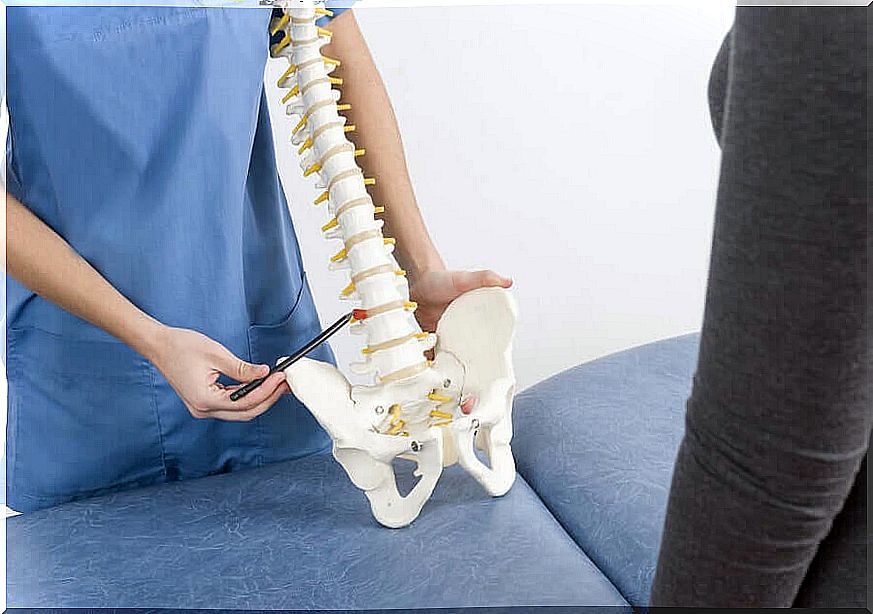
Treatment
Treatment of scoliosis in children depends on the age, stage of development, the cause of the problem, the degree of curvature and the patient’s state of health. The tolerance of drugs and available therapies is also taken into account.
If the curvature is slight and the child is approaching puberty, it is generally observed so that the anomaly does not get worse. When the defect is severe, a corset is usually used. This one does not allow the curvature to deepen.
When the defect is very pronounced, it is recommended to undergo a surgical procedure to correct it. Untreated, a serious case can negatively affect lung function and disease development. For this reason, it is important to take this ailment seriously.
